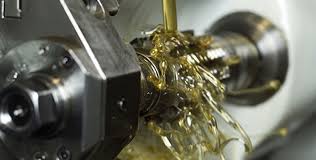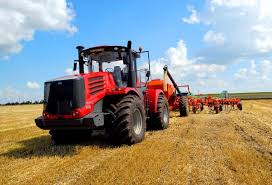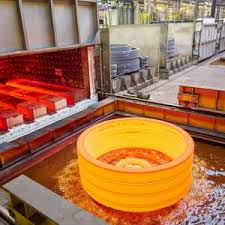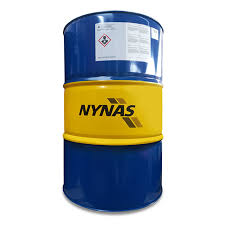Frequently Asked Questions
Your questions are answered here
If you can’t find the answer to your question, we are here to answer you in support.
Lubrication is the use of a substance to reduce friction and wear. By forming a layer of lubricant of appropriate thickness between moving parts, friction and wear of the parts during operation are minimized.
In general, lubricants are used for things such as lubrication (control of wear and friction), heat transfer (cooling parts), power transmission (hydraulic fluids), corrosion protection, cleaning of contaminants and fine particles, preventing gas leaks (sealing), and reducing vibration and oscillation.
With the help of condition monitoring systems, the health of oils can be checked after they have been operated inside devices, including compressors. The process of checking the health of oils is not possible with visual tests and requires detailed analyses, which ultimately determine the health of the oil and equipment.
The presence of water, oxygen, excessive temperature, the presence of metal particles from wear, or external contamination can reduce the useful life of industrial oils.
In situations where the lubricant needs to remain in place, such as when the equipment is intermittently out of service or is being stored for a period of time, and when relubrication of the equipment is not possible, difficult, or economically unfeasible, grease is recommended instead of industrial oils. On the other hand, grease’s ability to seal and prevent leakage compared to oils is one of the things that can be mentioned.









